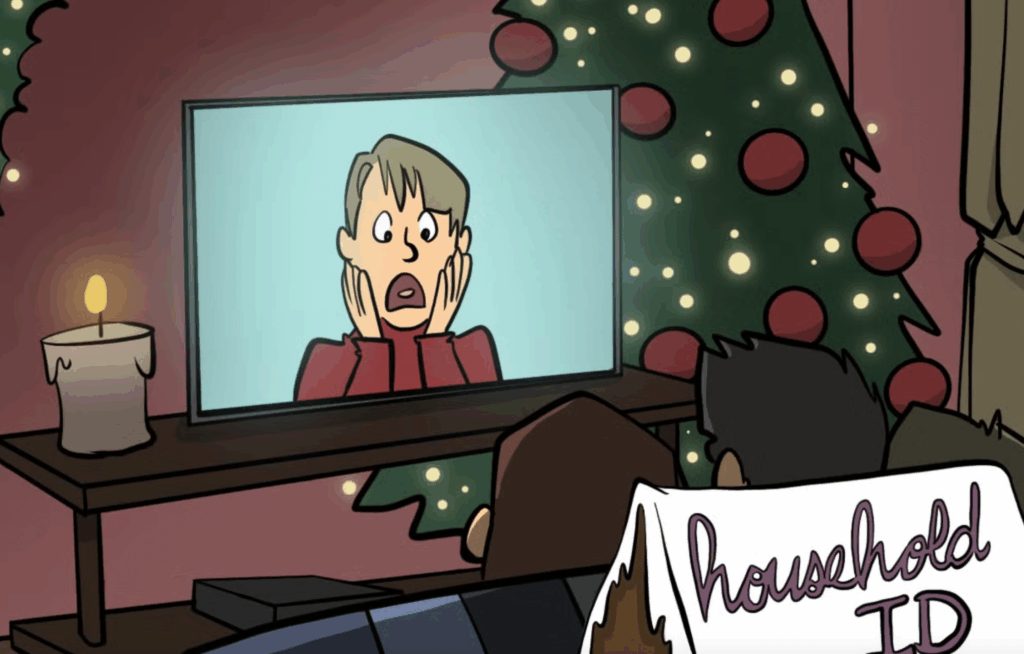DMers move closer to one-to-one marketing thanks to on-demand printing technology While media pundits have been focused on the Web, a quiet revolution has been taking place in traditional direct mail. Using digital printing technology (and yes, the Web), printers are helping their clients send customized messages on request.
Take CardStore.com of Emeryville, CA. Visitors to its Web site can personalize and send premium quality printed cards, invitations and announcements from their desktops. They can write their own greeting, select font, size and color, and even the type of stamp they’d like to use.
However, this service isn’t for those who send one card at a time. It’s for companies that want to get involved in true one-to-one marketing.
CardStore.com uses the Indigo UltraStream 2000 digital printing press to deliver personalized print communications. It features “unique on-demand personalization solutions that allow even the shortest print runs to be custom designed from initial salutation to full-color design and artwork,” says Jinee Tao, the firm’s co-founder and CEO.
Then there’s Banta Integrated Media, a subsidiary of Cambridge, MA-based Banta Corp., which has created a product called B.distinct. It enables Web site visitors to select the information they want or to fill out a questionnaire about their needs and software. Banta then assembles a document that meets the criteria noted in the profile and turns it into a portable document format file that can either be sent to customers over their computers or digitally printed and mailed to them.
One user of B.distinct is 3M Dental, St. Paul, MN, which supplies more than 1,300 products used by dentists and dental hygienists through a network of more than 50 authorized channel partners in the United States.
3M Dental turned to Banta two years ago seeking a better way to distribute highly technical information to its partners. The objective was to set up a Web site that would allow the partners to provide their customers with personalized marketing materials, brochures, sales sheets and advertisements.
The result, 3M Dental On-Line, has two components: a digital media repository, which gives authorized dealers access to photography to be used in assembling their own sales sheets quickly; and an online print shop created and hosted by Banta Integrated Media. B.distinct lets 3M dealers output customized, four-color, two-sided sales sheets with variable content. 3M’s sales reps can also use the site to develop individualized sales sheets in 90 seconds for their various partner accounts.
In addition, the site includes an order archive that allows resellers to easily reorder and update the sales sheets they’ve used previously. They also can review order status and shopping information.
According to Banta product manager Katherine Reisz, B.distinct gives 3M Dental the level of content personalization it requires for channel partner differentiation while ensuring all products, branding and layout are consistent.
Reisz also reports that B.distinct recently has been expanded to enable channel partners to provide both clinical education information and sales offers through a piece called “Today’s Tips” which can be customized with the distributor’s name, logo, price and product stock-keeping units.
Down the road, she adds, 3M Dental’s system will allow channel partners to develop and print custom postcards, statement stuffers and ads, and to create customized mailings via uploadable customer data.
Conventional wisdom has been that the digital process is too slow for mass print jobs. However, as in the case of 3M Dental, it can be very effective for turning out presentation materials and other communications on demand, experts say.
For example, manufacturers can send brochures containing a set number of digitized items that reflect a customer’s interest. This information can then be gathered sometime later by the person over the telephone or on the Web. This solution is cheaper than shipping a full product catalog to all customers.
Some printing experts deny that digital technology is suitable only for short runs. But all agree that customized printing should be sent to customers based on strong return-on-investment analysis, and that it should never go to all the names on a database. And they add that some firms should stick with traditional “versioning,” in which catalog pages are tailored to specific portions of a database – not quite one-to-one marketing.
Webcraft Webcraft, a more traditional direct mail printing company, is also helping clients to send personalized pieces and do one-to-one marketing.
“Direct mail has become far more personalized and mailers can even send highly personalized e-mail when they have gotten approval from their customers to be contacted in that way,” says Stan Humpton, marketing manager for the North Brunswick, NJ-based firm.
Webcraft’s digital Xeikon Zerox direct printer uses database modeling to facilitate the sending of mail to consumers. The chief advantages of this kind of printing system are speed and economy, Humpton notes. Webcraft consults with customers on format alternatives, gets involved in package design, and offers production, mailing and data-crunching services.
What are the steps in a true on-demand printing effort?
Humpton cites an auto manufacturer that wanted to build showroom traffic for a new model’s introduction.
The first requirement is a database, which lets the marketer identify the best prospects and single out those who are most likely to buy different cars.
The database also explains who those people are and where they live so they can be individually targeted.
Webcraft has computerized data management and printing capabilities under one roof. Its latest improvement is a system for flexible inserting that’s up to three times faster than standard lettershop inserting equipment. This new setup has over a dozen inserting stations that can handle various sizes and types of insertions, including preprinted material and product samples that are supplied by customers.
“With ink-jet imaging to personalize data, the system is driven by computer-generated information that has been compiled over time,” Humpton explains.
“Data is furnished by clients and fed into the system through our in-house data management department. [This system] enables marketers to zero in on prospects and to selectively target offers.”



